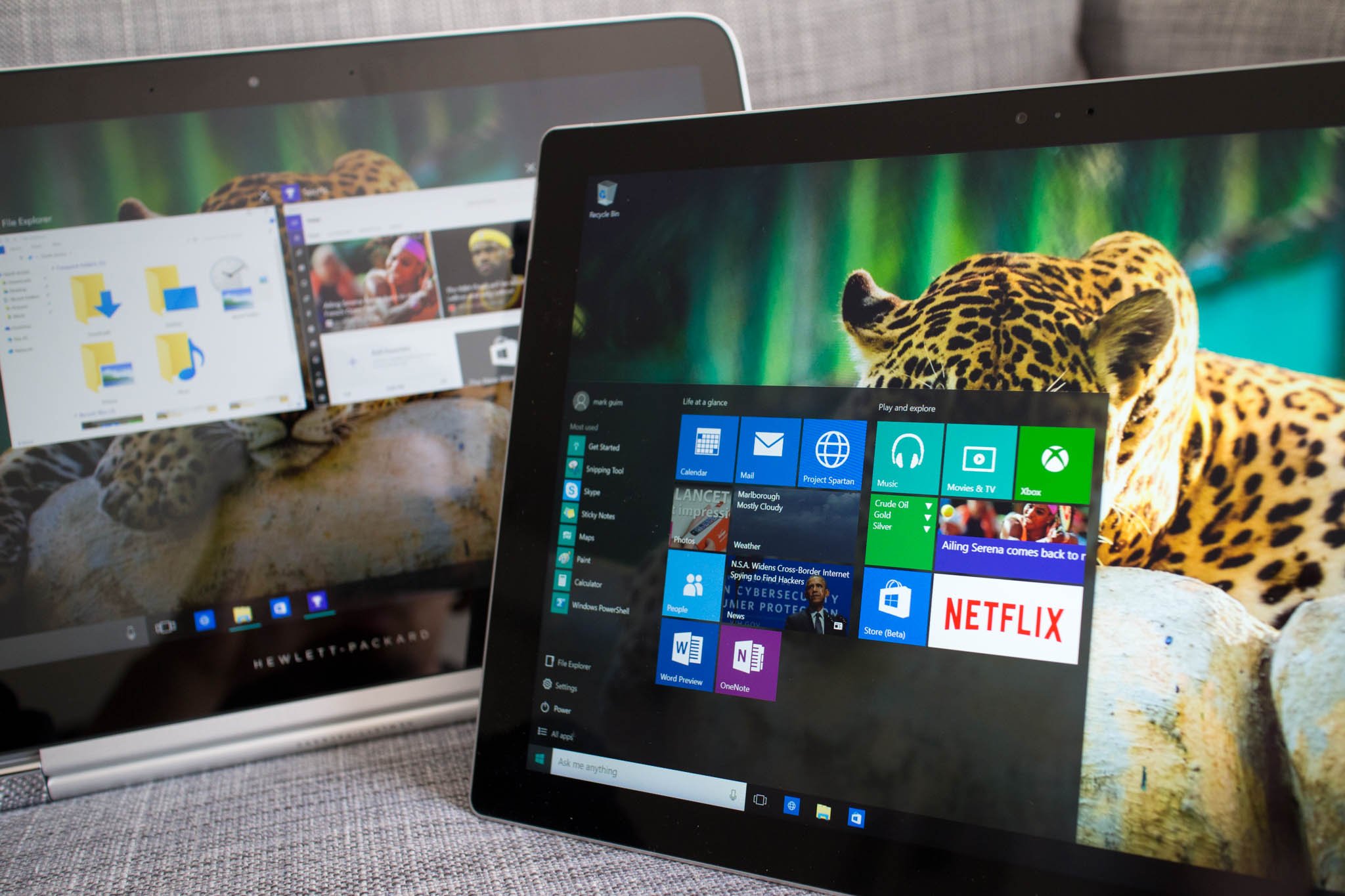Microsoft wants to make Windows 10 more accessible for people with disabilities
News
By
John Callaham
published

Add us as a preferred source on Google
Microsoft wants to make both Windows 10 and Office 365 more accessbile for people with disabilities. The company has outlined a roadmap for both products that will offer those kinds of features and improvements for 2016.
Here's what Microsoft has in mind for accessblity improvements for Windows 10 in the next year:
- Improve commonly used features and do a great job with showcase Windows experiences. We are working to ensure that everyone can easily access and use the Start menu, the lock screen, and settings as well as Cortana, Store, Music, Videos and more.
- We're also working hard on our new browser, Microsoft Edge. By the end of 2016, the browser will have improved browsing and reading experiences not just for those using our built-in assistive technologies, such as Narrator and Magnifier, but also for people who use other commercial assistive technology. On Feb. 3, we shared our priorities for 2016, including additional detail about the key areas that we think will have the biggest impact.
- Windows 10 Mail will have improved screen-reader support for common email scenarios – already, we've made progress against these goals on Mail for PCs.
- Work continues to improve our built-in assistive technology by increasing performance, reliability, compatibility and usability. These improvements translate to a faster Narrator, improved compatibility while using apps like Windows 10 Mail and Microsoft Word, better mapping of keyboard commands to user expectations and an increase in the number of supported languages.
As far as Office 365, Microsoft has this roadmap in place for 2016:
- Making it easier to author accessible content from any device. In 2016, we will be extending the Accessibility Checker (already available in Office for PCs) to Office for Mac and improving the experience with alt-text in Office Online.
- Making it easier to use Office 365 with screen readers and keyboards on any device. Last year, we added support for VoiceOver for Office for Mac and this year, we will be adding full accessibility support for all our Windows 10 store apps.
- Enhancing the experience with our apps in High Contrast Mode. For example, we will make it easy to read commands and navigate through controls in Office for PC.
- Introducing new reading and writing tools that are particularly beneficial for people with dyslexia. In January, we introduced a preview of Learning Tools in OneNote for PC that will be generally available in 2016. We are also working on improving spelling checker in Word 2016 and Outlook 2016 to offer suggestions for phonetic and other less commons misspellings.
- Enabling everyone to use our applications in more intuitive ways. We introduced "Tell Me what you want to do…" in Office Online and Office 2016 for PCs to help people get things done quickly or get help by entering intuitive commands. We will be extending this capability to Office on iOS and Android in 2016.
Microsoft is taking suggestions on these plans from the public on its UserVoice Accessibility Feedback site.
Source: Microsoft
Get the Windows Central Newsletter
All the latest news, reviews, and guides for Windows and Xbox diehards.

Former Contributor
John Callaham was a former contributor for Windows Central, covering Windows Phone, Surface, gaming, and more.
LATEST ARTICLES
